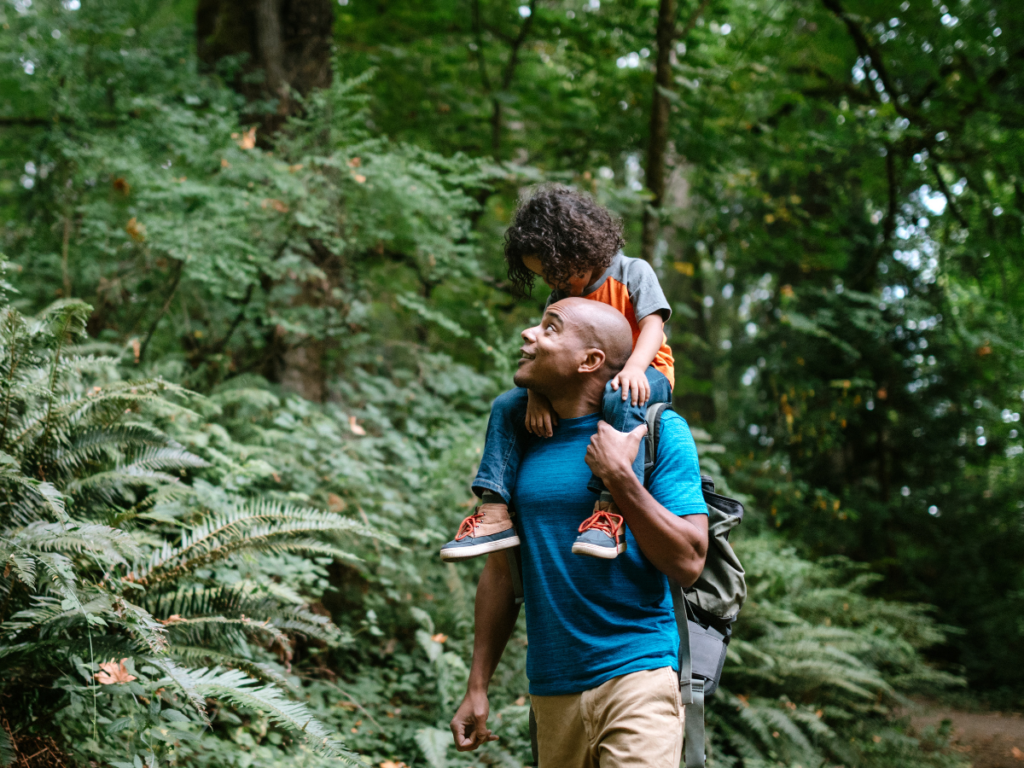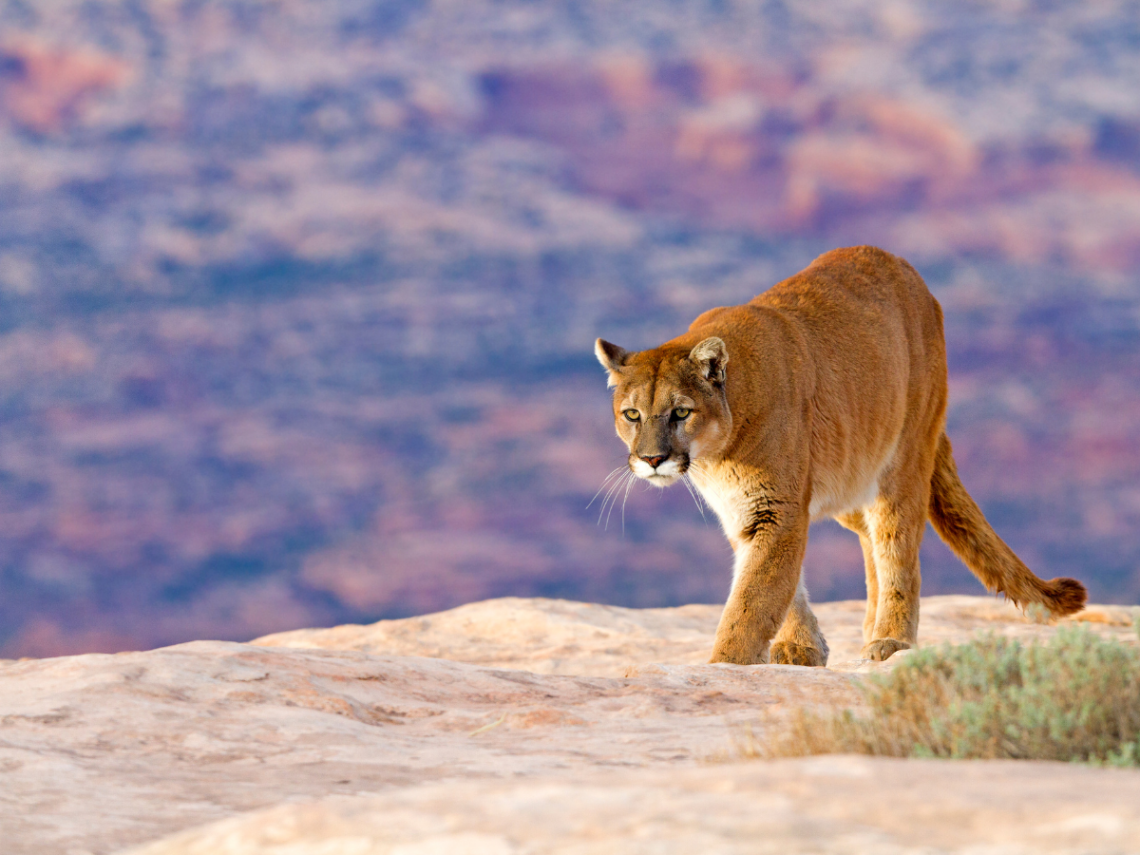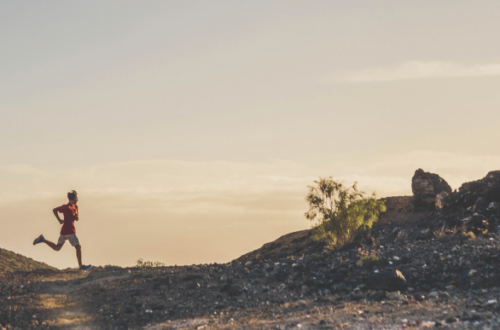Henry Cowell and Big Basin are popular hiking spots at all times of year for good reason: the redwoods, creeks, rivers, and views are perfect for outdoorsy folks of all stripes, with trails easy enough for families, runners, and more. But they are also home to mountain lions, and encounters with mountain lions can be deadly in the wrong scenarios.
Mountain lions are more than just large cats. They are territorial hunters, and if they think that you’re prey, feel threatened by you, or have their “pounce instinct” triggered, you could be in trouble. In this guide we’ll go over Hiking Precautions as well as Dos and Don’ts to help you stay safe.
Precautions

- Hike in groups. Mountain lions are unlikely to bother people who travel together. You’ll be louder, more visible, and more intimidating. Mountain lions mostly want to stay out of your way, and there aren’t many of them in any given area, since one mountain lion can control a territory of twenty miles or so. If you’re not a good target, you’ll be left alone, and a group is a pretty bad target for a mountain lion. That said, make sure you’re relatively noisy so that you don’t startle a cougar accidentally. Sing or clap as you come around bends or walk through forests. Emergency whistles like the Tri-Power Whistle aren’t as good for casual noise but can be nice to have on hand in case you actually spot a predator you want to scare away or alert others to.
- Choose your time of day. Dawn and dusk are the times that mountain lions are most likely to be out and hunting. Even worse, those are the times of day when a human’s vision tends to be worse. Aim to hike in the mid-to-late morning or in the afternoon during full daylight.
- Bring the right gear. Some people like to bring bear spray when they hike, which is a great idea if you know how to discharge it quickly and are comfortable wielding it (don’t forget it can get in your eyes too if you’re not careful!). I prefer simpler gear that’s useful in other ways, namely a pocket knife, a water bottle, and a walking stick or trekking poles, like these bad boys from REI. They’ll already be in on hand in an encounter, and you can use them for throwing, waving, or fighting if necessary.
- Camp in the right spot. If you’re backpacking, make sure that you make camp in a spot that isn’t easy to sneak up on. Don’t camp under overhangs or cliffs, and put some distance between you and heavy brush or signs of animals. Animal signs can include scat, claw marks, and worn trails in the brush.
- Look out for pets and children. Mountain lions are attracted to easy prey, and pets such as small dogs or cats are ideal prey and can become a lure. Consider leaving your dog at home, and if that’s not possible, use a short leash. Children should be kept close while you’re hiking and not allowed to leave the trail or run ahead.

Even with the best of precautions, there’s always a chance you’ll encounter a mountain lion who doesn’t run away or avoid you. Sometimes mothers will be particularly protective of their offspring and will attack anyone who gets too near. Regardless, if a mountain lion gets aggressive with you, there are things you should do and things you shouldn’t. We’ll start with the Dos.
Dos

- Make yourself BIG and UNAPPETIZING. The best way to do this is to wave your arms, yell, and stand up tall. If you want to make your pet unappetizing, you might consider investing in an anti-predator jacket
- Back away slowly. Gather children and pets and slowly back away while maintaining eye contact with the mountain lion.
- Throw things. If the mountain lion decides to follow you, try to scare it away. That water bottle in your hand? Chuck it. Anything with heft could be enough to startle a mountain lion, which is more inclined to run away from you if you’re the slightest threat. Those trekking poles can come in handy as another thing to wave around and make you seem bigger and more dangerous.
- Fight if you have to. If the mountain lion attacks, fight back with whatever you have. Aim for the head, neck, and eyes.
Don’ts

- Do not run. Running is prey behavior, and the mountain lion’s instincts will be triggered. Back away slowly while facing the mountain lion the whole time.
- Do not crouch. Any sort of behavior that makes you resemble a four-legged prey animal could trigger an attack. Do not bend down to pick up a rock, stick, child, or pet. Make do with what you have while remaining as upright and large as possible. If you’re concerned about the safety of a small child, consider utilizing a child carrier pack during hikes in mountain lion territory.
- Do not approach the mountain lion. Even if the creature appears injured, cute, sick, or harmless, it is a wild animal that can hurt you. Back away slowly and avoid startling or alarming the creature if it hasn’t yet seen you.
Mountain lions are incredible and majestic creatures, and by following these guidelines you can keep yourself and others safe from attacks.




